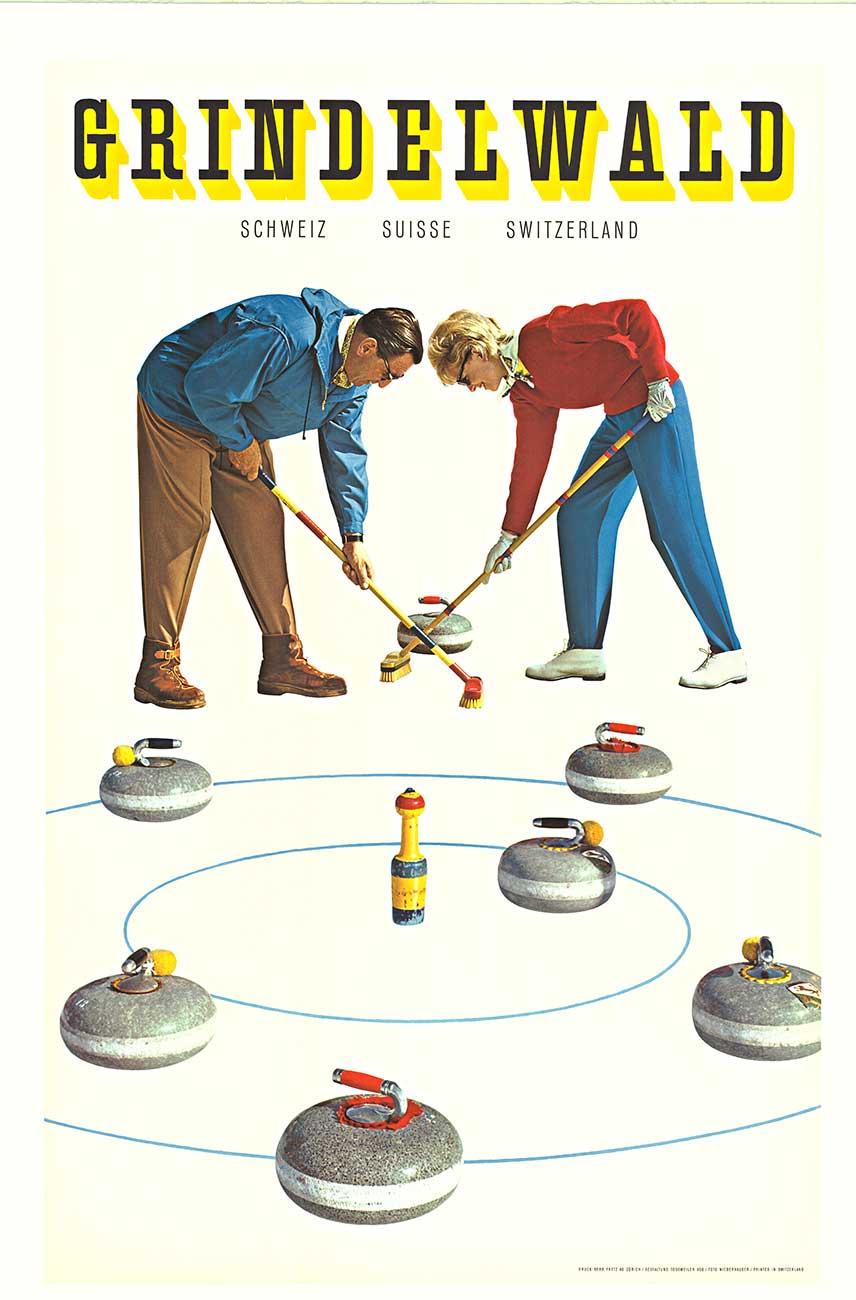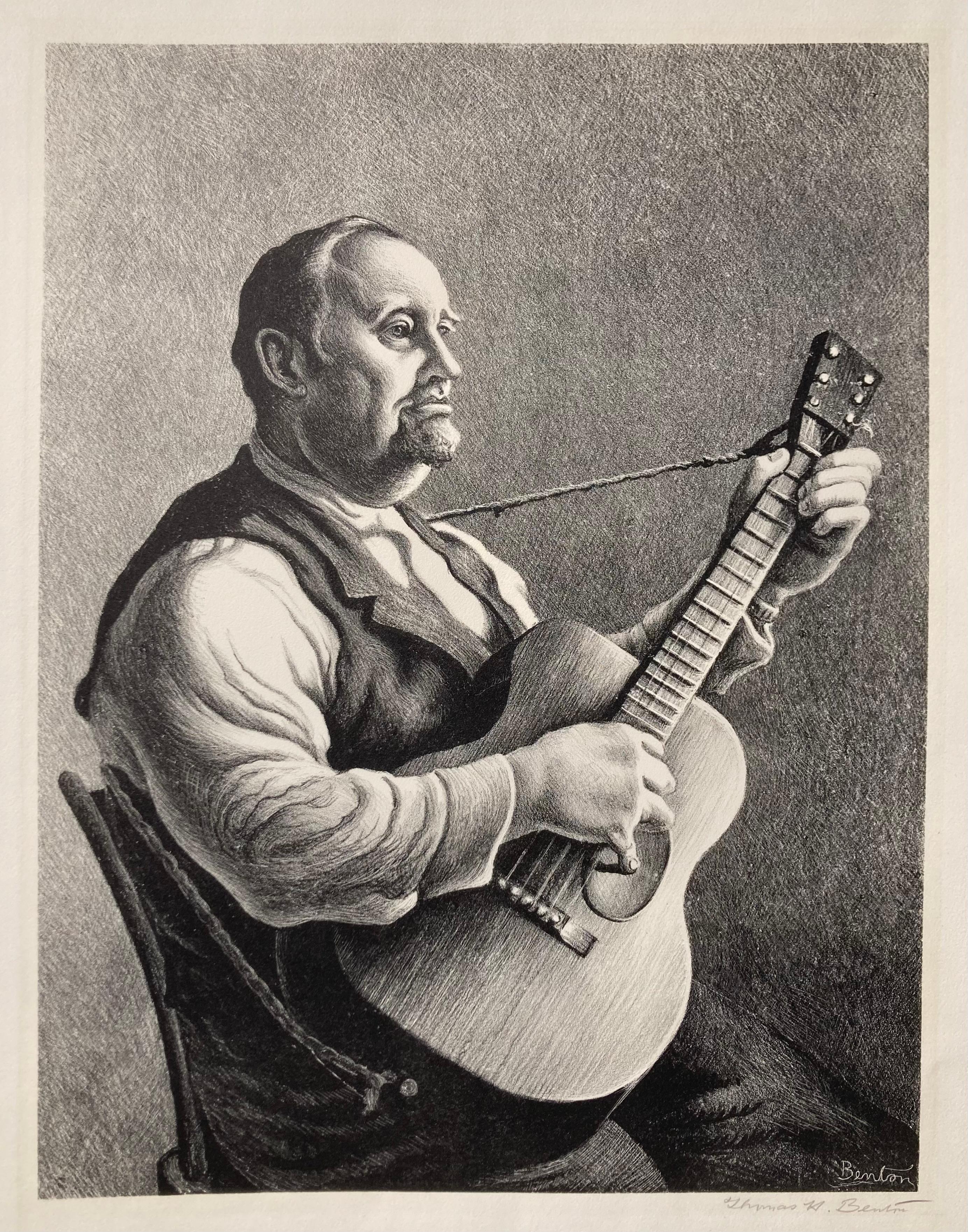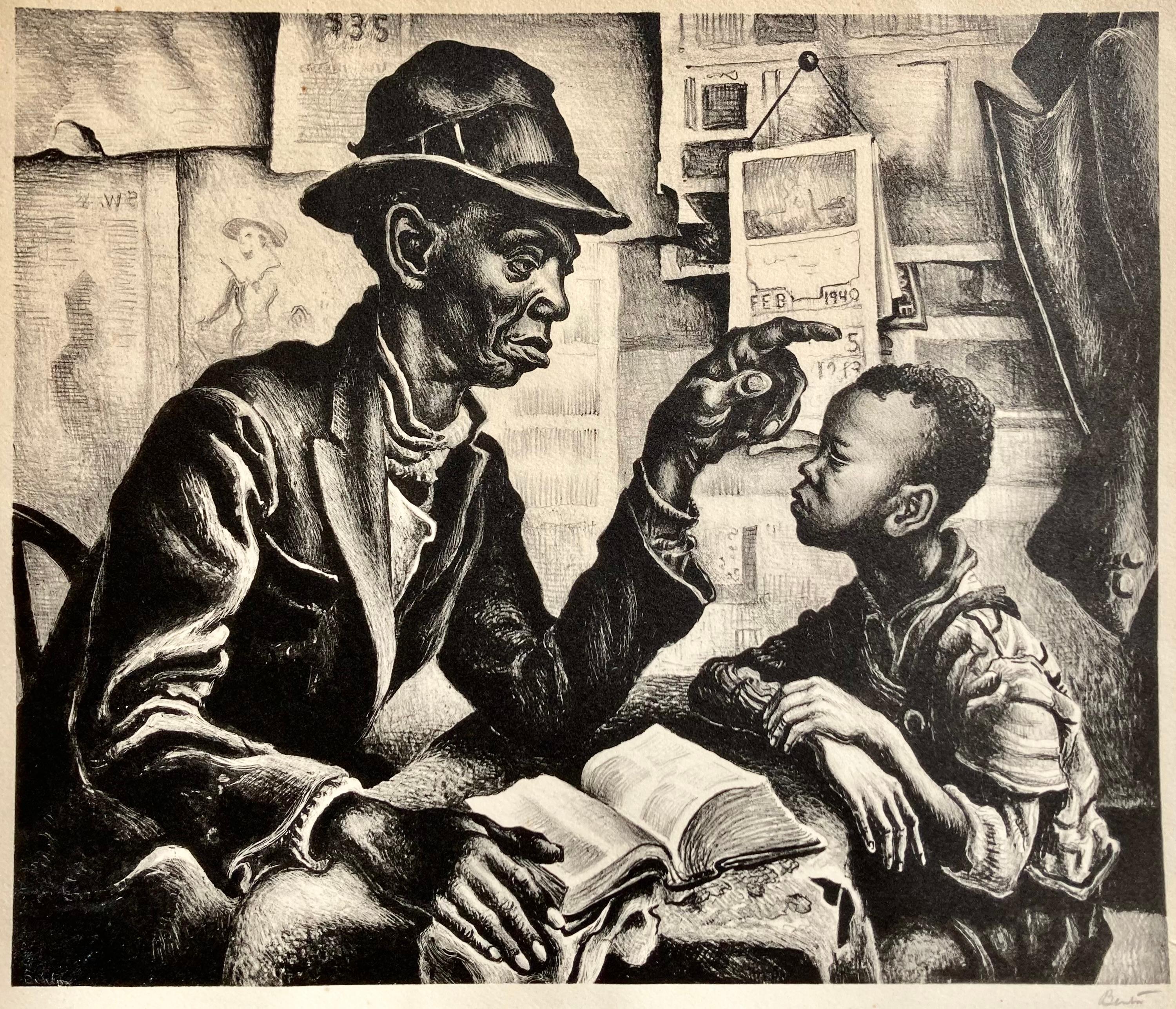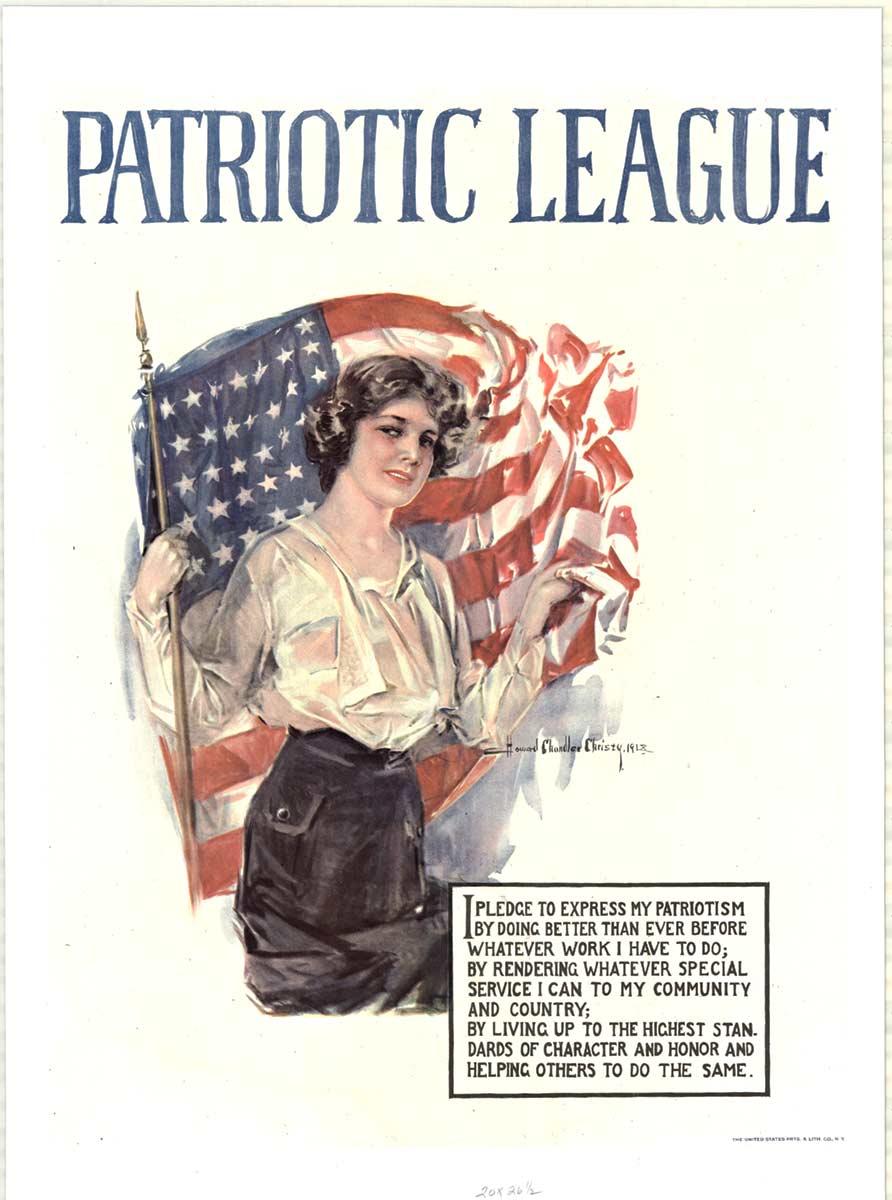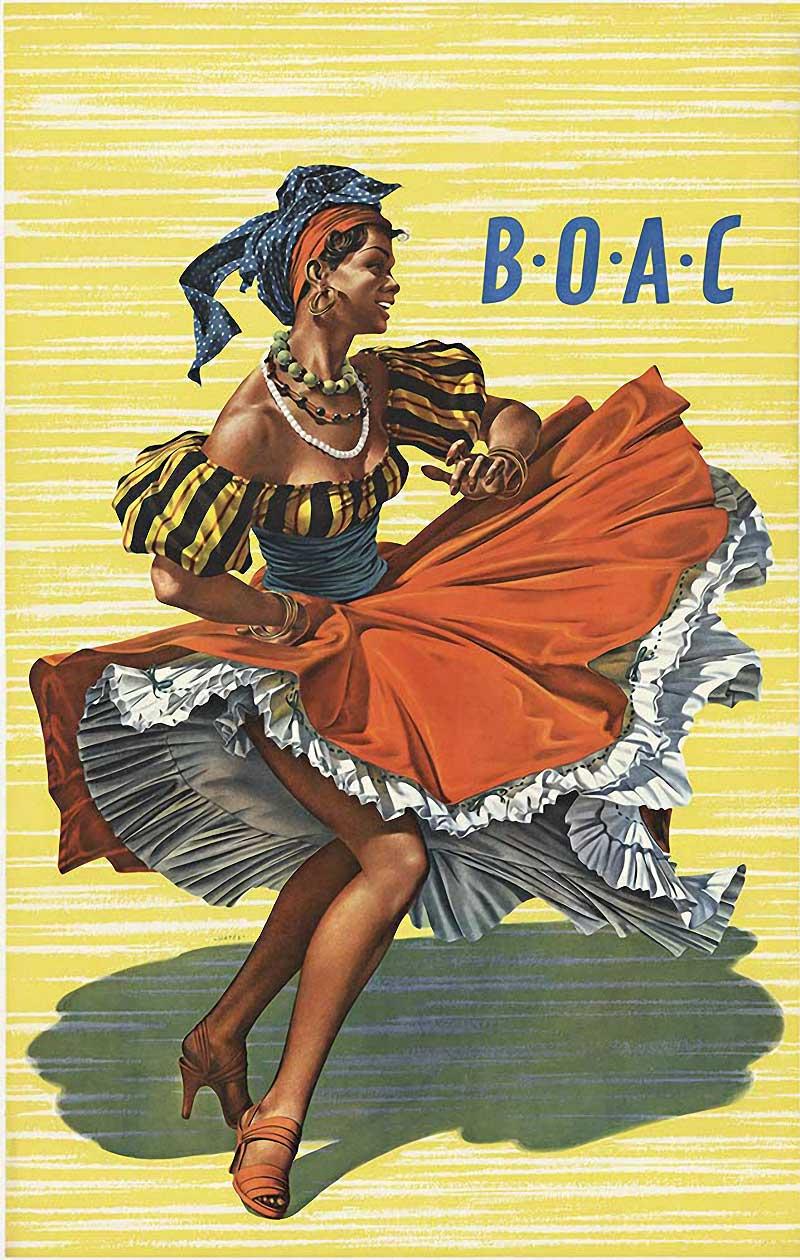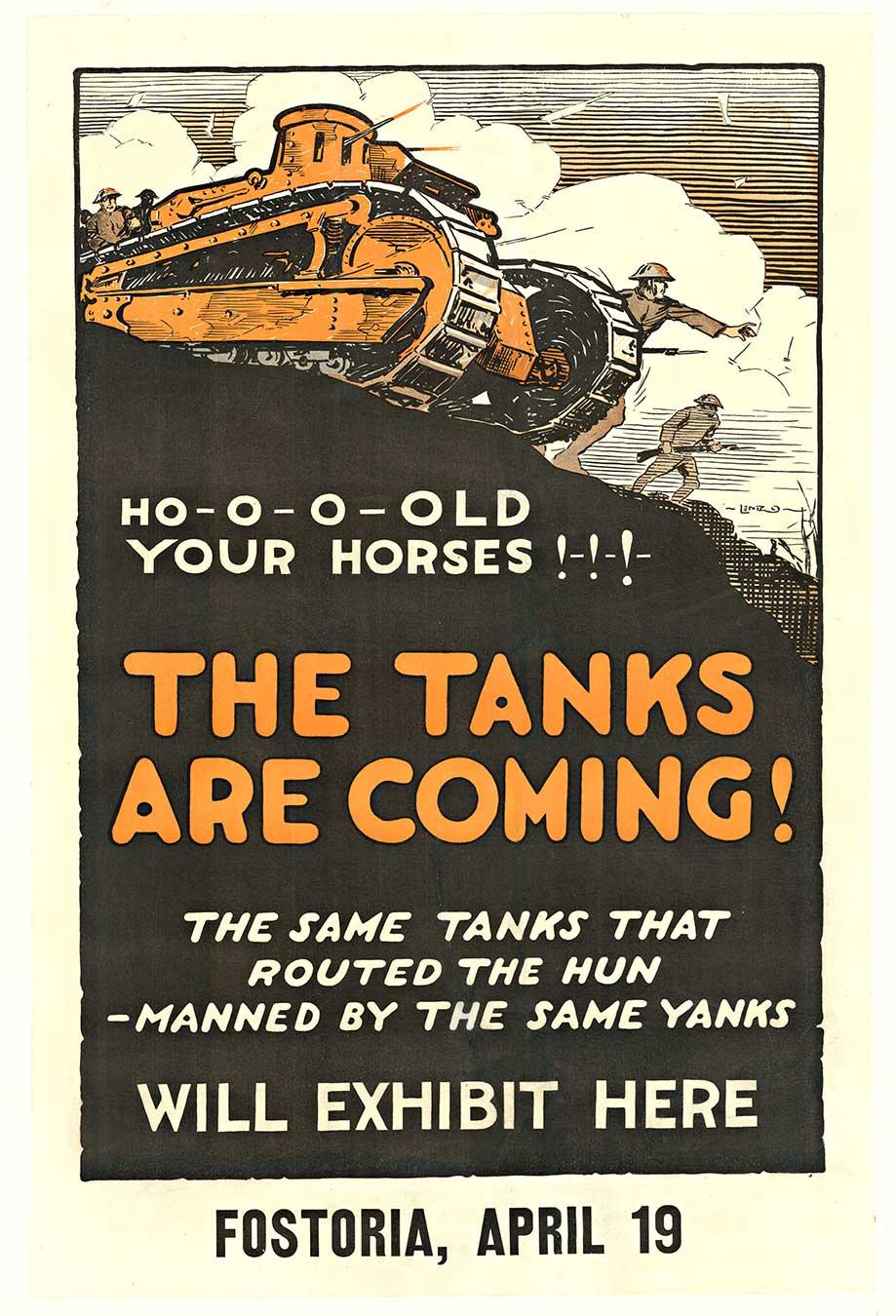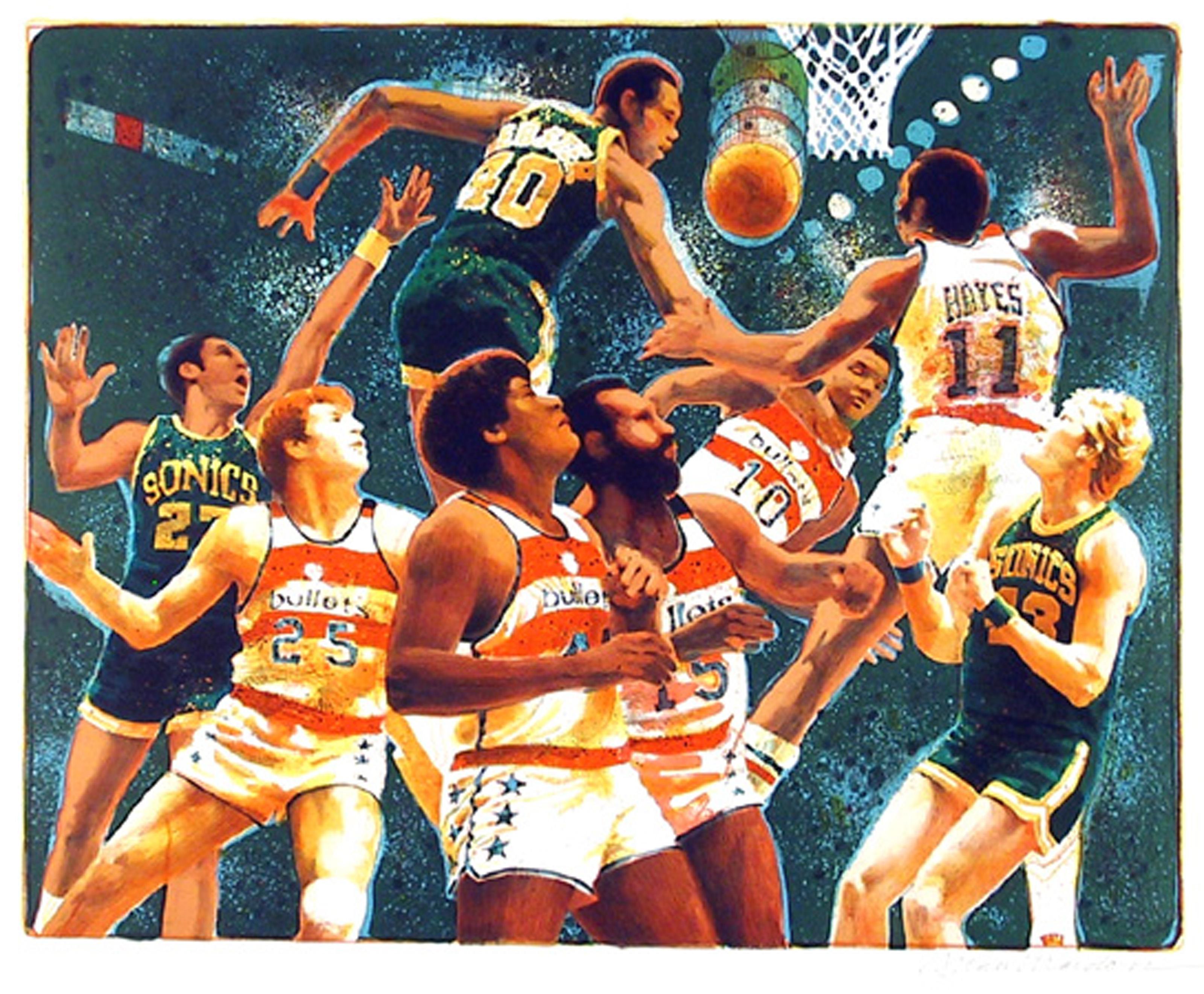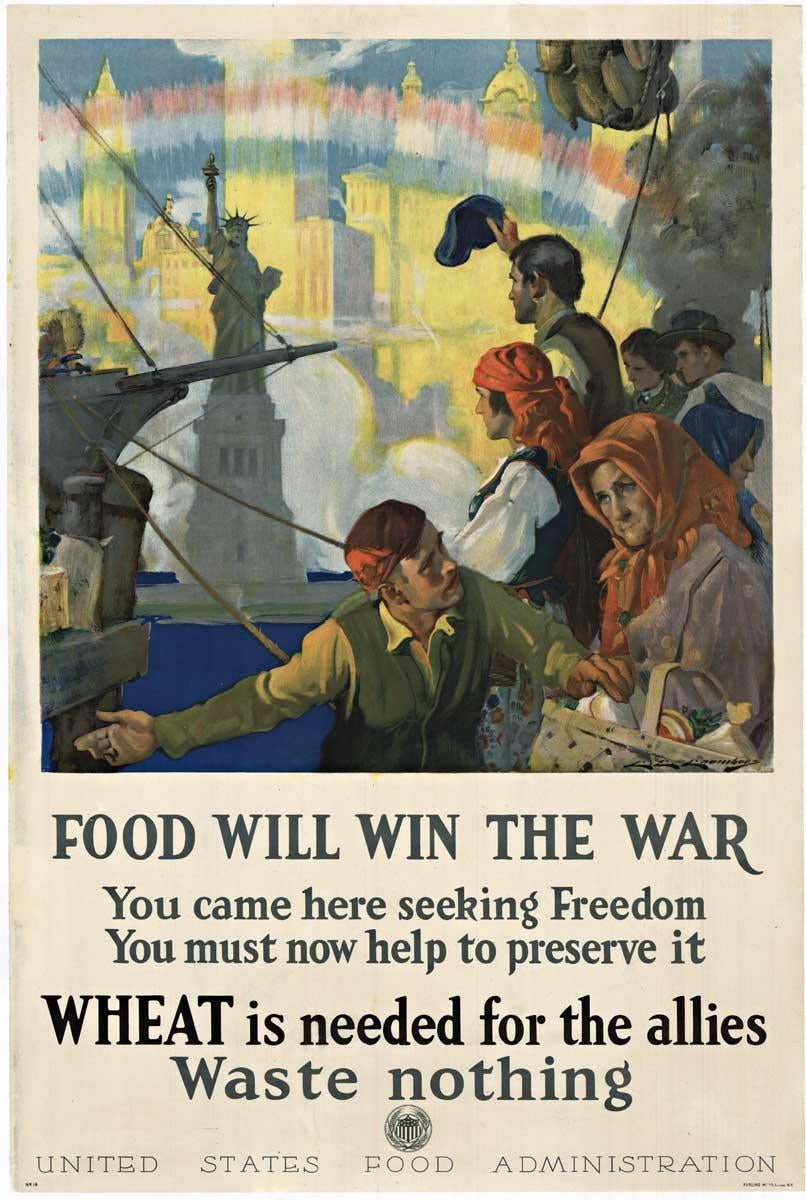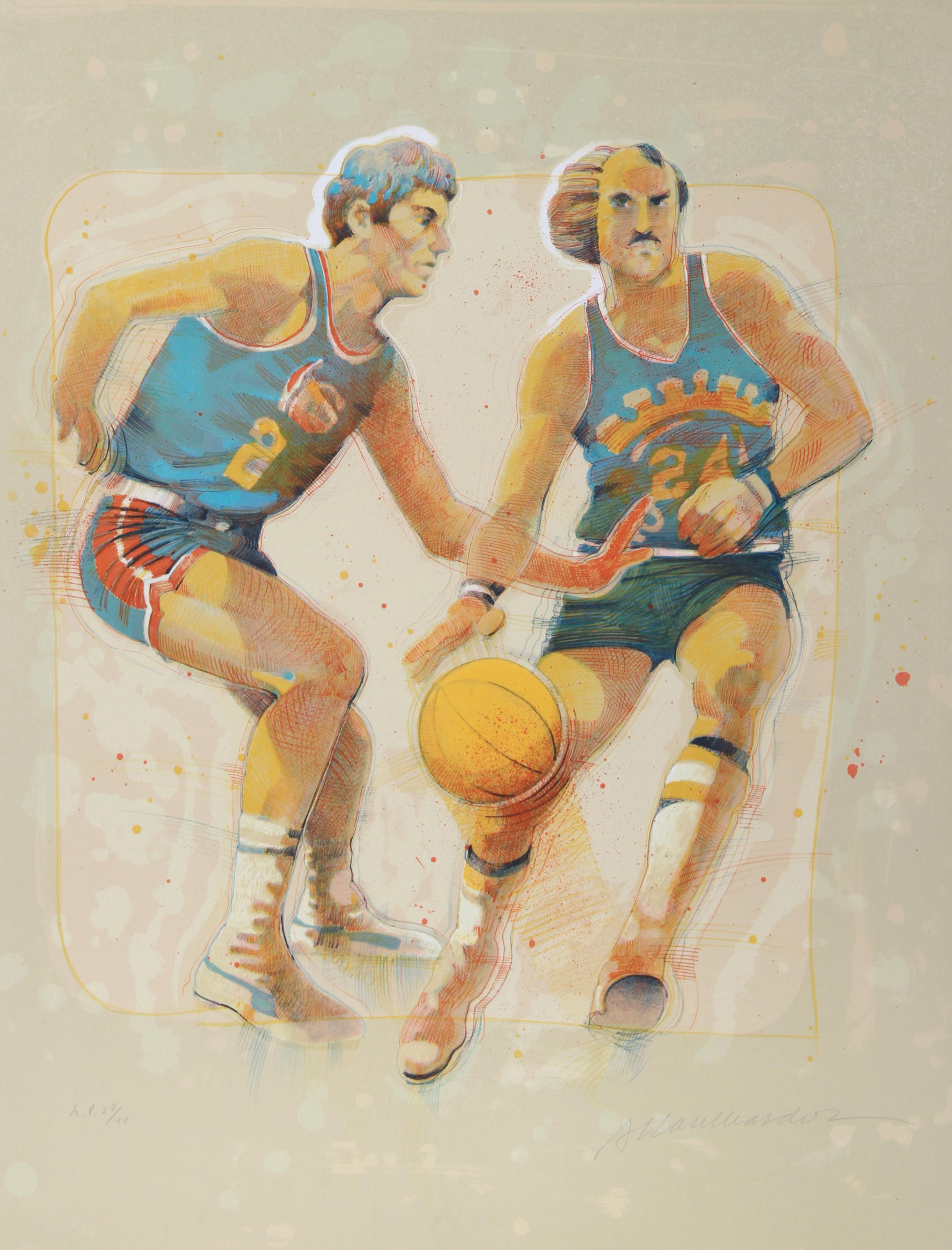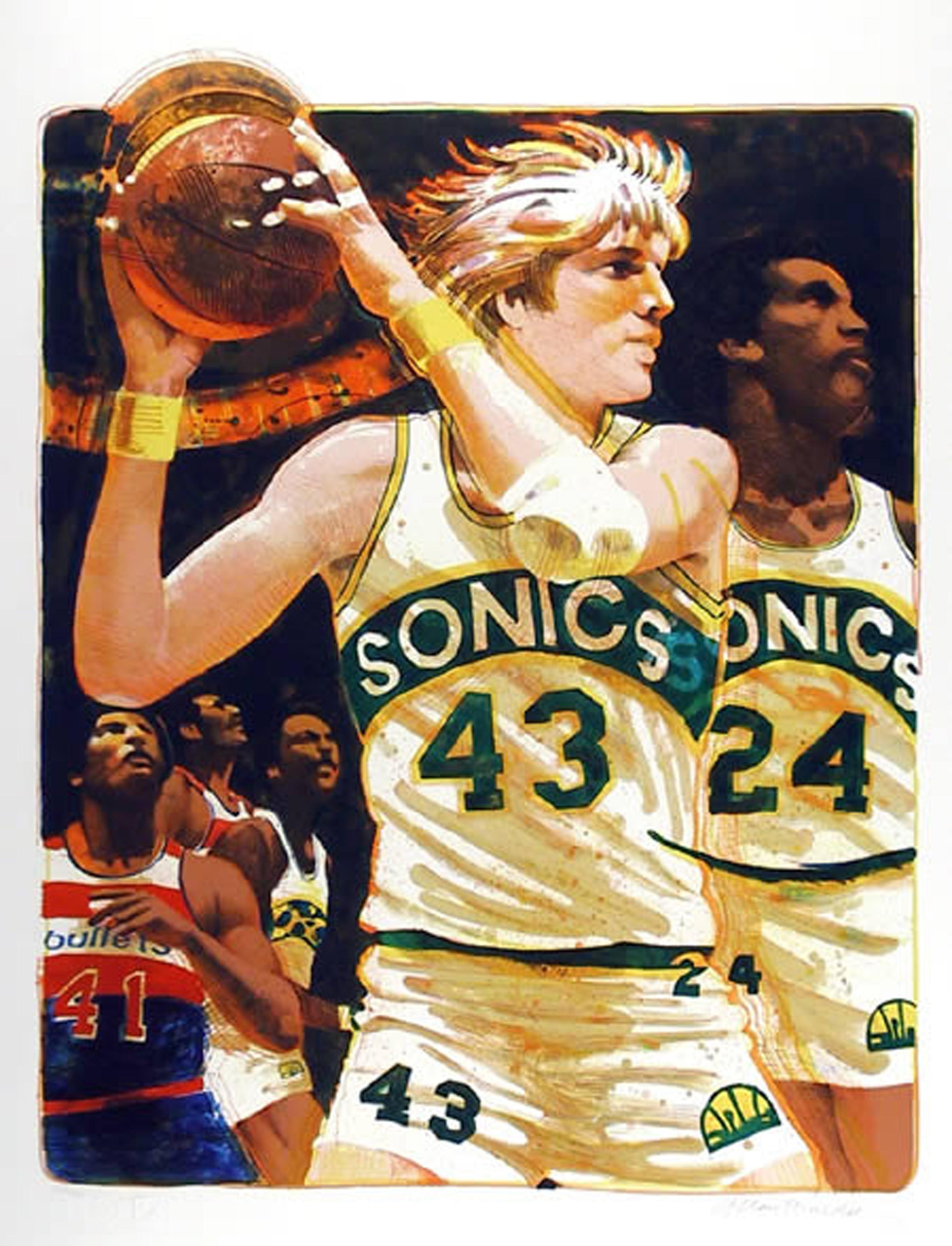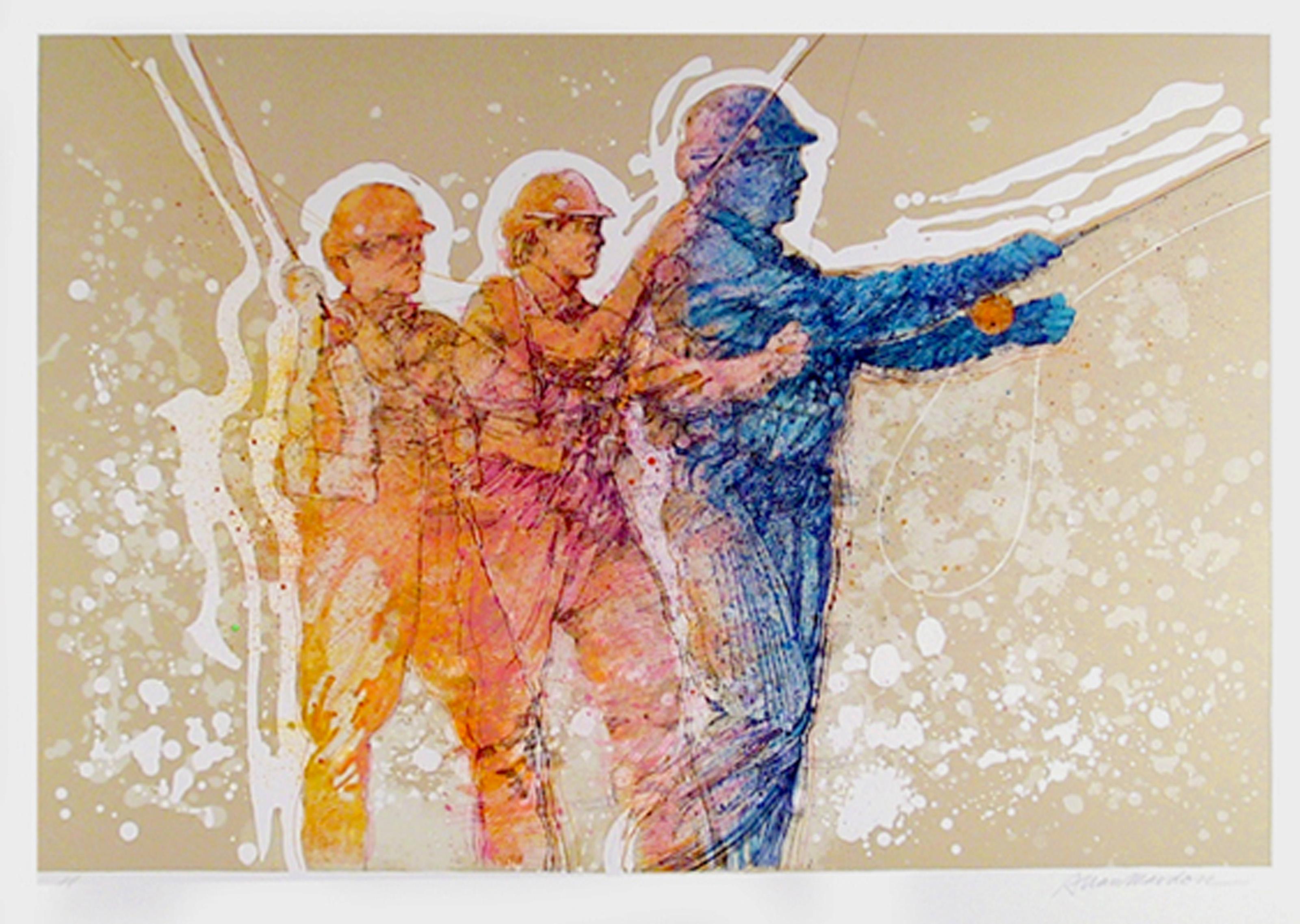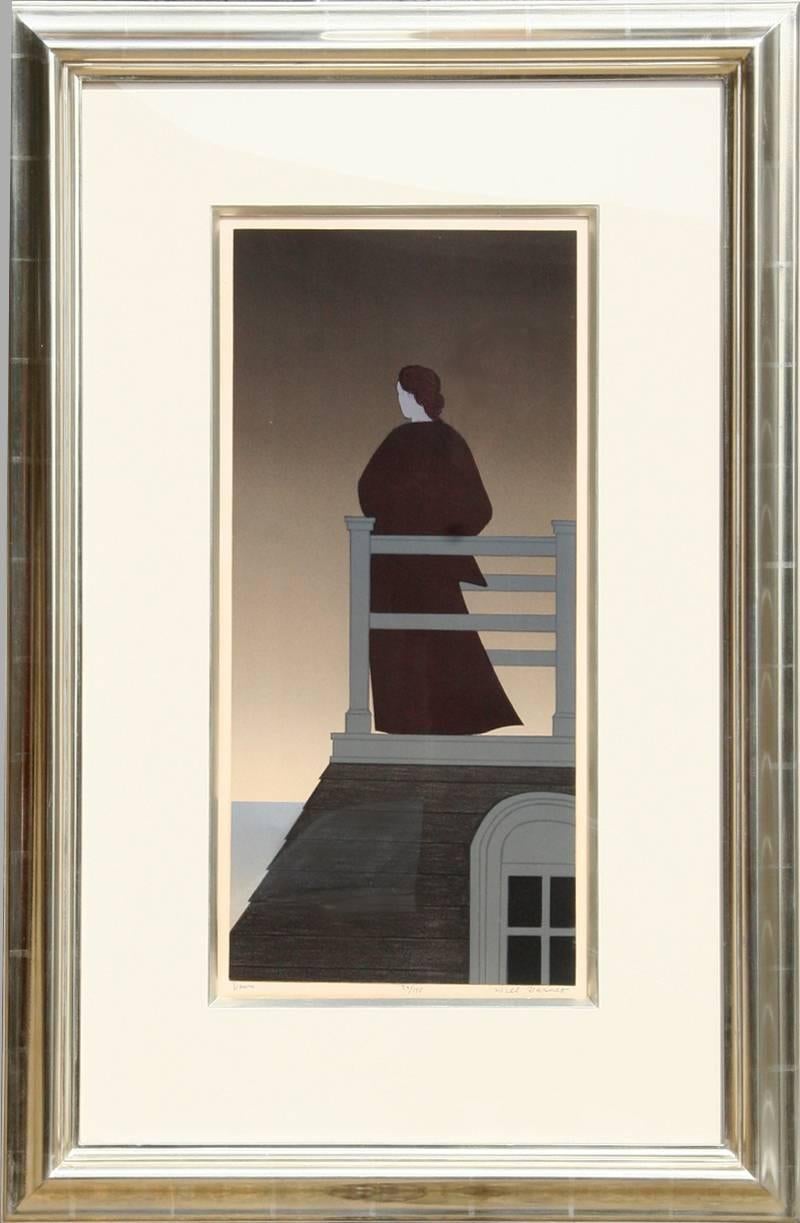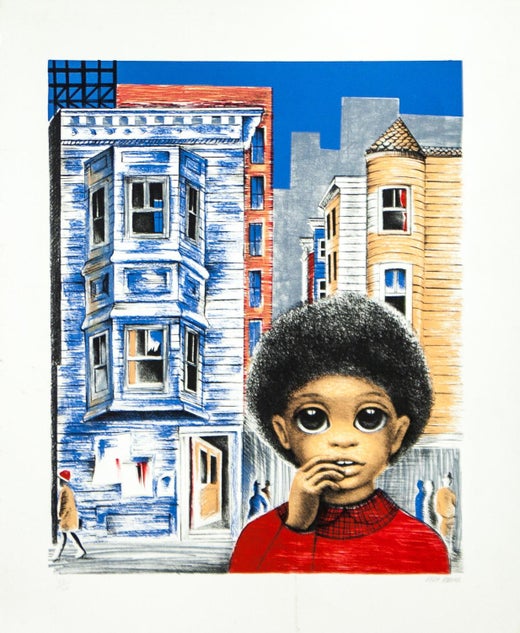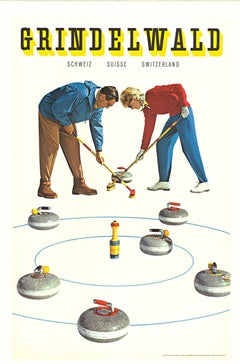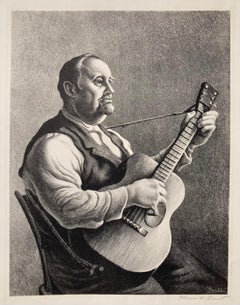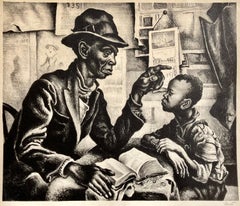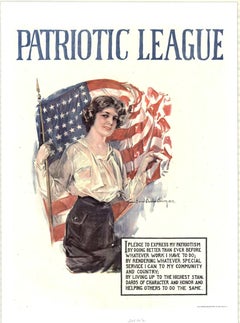San Francisco Girl with Coit Tower
View Similar Items
Margaret KeaneSan Francisco Girl with Coit Towerc.1980
c.1980
About the Item
- Creator:Margaret Keane (1927 - 2022, American)
- Creation Year:c.1980
- Dimensions:Height: 33.75 in (85.73 cm)Width: 29.25 in (74.3 cm)Depth: 1.25 in (3.18 cm)
- Medium:
- Movement & Style:
- Period:
- Condition:
- Gallery Location:San Francisco, CA
- Reference Number:Seller: mar/kea/gir/coi/011stDibs: LU66636410682
Margaret Keane
Margaret Keane was born Peggy Doris Hawkins on September 15, 1927, in Nashville, Tennessee. When she was two years old, her eardrum was permanently damaged during a mastoid operation. Unable to hear properly, Keane learned to watch the eyes of the person talking to her to understand them.
Keane started drawing as a child. At age 10 she took classes at the Watkins Institute in Nashville. She created her first oil painting of two little girls — one crying and one laughing — when she was 10 years old and gave the work to her grandmother. Keane became well known at the local church for her sketches of angels with big eyes and floppy wings.
At age 18 Keane attended the Traphagen School of Design in New York City for a year. She initially earned money by painting clothing and baby cribs in the 1950s until she finally began painting portraits. Early on Keane experimented with kitsch. She worked in both acrylics and oil-based paints and limited the subjects of her artwork to women, children and familiar animals (cats, dogs and horses).
Keane's paintings are recognizable by the oversized doe-like eyes of her subjects. She said she was always interested in the eyes and used to draw them in her school books. She began painting her signature "Keane eyes" when she started to create portraits of children.
"Children do have big eyes,” Keane said. “When I'm doing a portrait, the eyes are the most expressive part of the face. And they just got bigger and bigger and bigger."
Keane focused on the eyes as they better illuminate the inner person. The artist cited Modigliani's work as a major influence on the way she had painted women since 1959. Other artists who influenced her use of color, dimension and composition include Van Gogh, Picasso and Klimt. She was named a Fellow of the Society of Western Artists after exhibiting in three Annual Juried Shows in the M.H. De Young Memorial Museum in San Francisco.
Keane's works are in collections all over the world. Public collections include the National Museum of Contemporary Art in Madrid, the National Museum of Western Art in Tokyo, the Tennessee Fine Arts Museum in Nashville and more.
Find original Margaret Keane paintings and prints on 1stDibs.
(Biography provided by Lucille Lucas Gallery)
More From This Seller
View AllLate 20th Century American Realist Animal Prints
Lithograph
Mid-20th Century American Realist Still-life Prints
Lithograph
Mid-20th Century American Realist Still-life Prints
Lithograph
Late 20th Century American Realist Figurative Prints
Lithograph
Late 20th Century American Realist Nude Prints
Lithograph
Late 20th Century American Realist Animal Prints
Lithograph
You May Also Like
1960s American Realist Figurative Prints
Lithograph
1950s American Realist Figurative Prints
Lithograph
1940s American Realist Figurative Prints
Lithograph
1910s American Realist Portrait Prints
Lithograph
1950s American Realist Figurative Prints
Lithograph
1910s American Realist Figurative Prints
Lithograph
